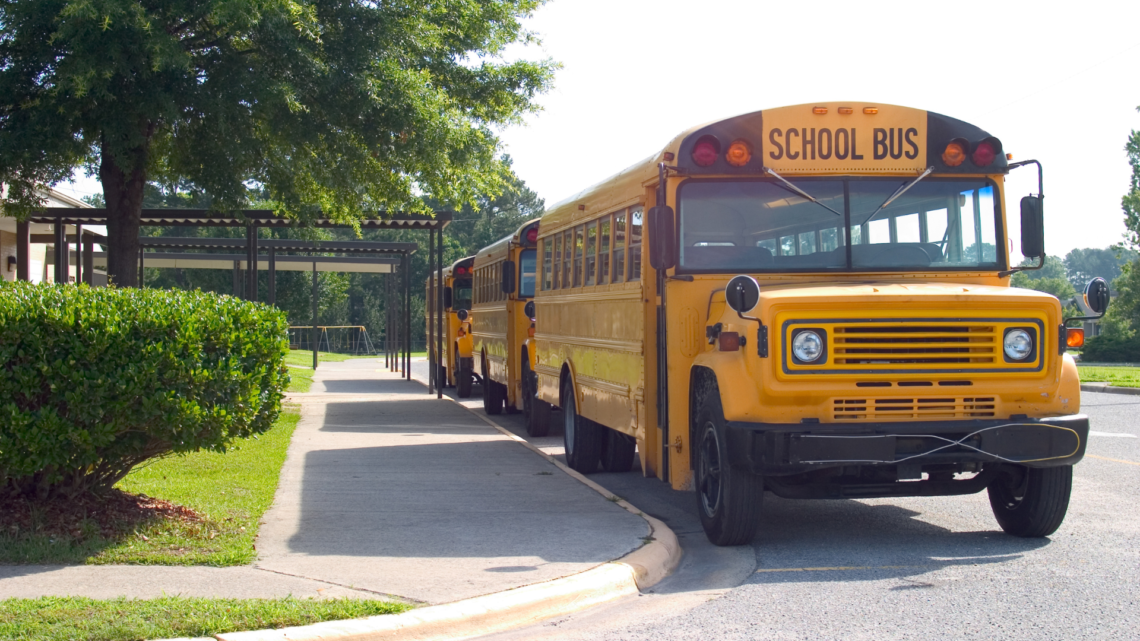
Navigating Neighborhoods: The Impact of School Districts, Crime Rates & More
Picking the right neighborhood is a huge part of setting up a happy life. It’s way more than just choosing a house; it’s about the vibe of your daily life. Think about the important stuff like good schools, feeling safe, and having cool spots nearby. I’ll guide you through these bits, so you’re totally clued up to make the best choice. Ready to dive in? Let’s find your dream spot!
Understanding School Districts
The Educational Landscape
One of the primary concerns for families is the quality of education available in a neighborhood. School districts play a pivotal role in shaping a child’s academic journey. For example, the best school districts in GTA give you confidence that your child will get the education they deserve. Before settling down, consider:
- School Ratings: Explore online resources, talk to local parents, and check school ratings. A well-rated school is often an indicator of a thriving community.
- Extracurricular Activities: Beyond academics, look into the availability of extracurricular activities. A diverse range of options can contribute to a holistic educational experience.
Navigating Crime Rates
Safety First
Safety is paramount when choosing a neighborhood. Crime rates can significantly impact your peace of mind and quality of life, if you happen to live in one of the risky neighborhoods in Los Angeles, for instance. Here’s how you can assess the safety of a neighborhood:
- Local Crime Statistics: Utilize online databases and local police reports to understand the crime rates in your area. Look for trends over time to gauge whether the neighborhood is improving or facing challenges. In any case, it is advisable to employ security measures at home to be prepared for unforeseen circumstances, regardless of the crime rate. Alarms, CCTV cameras, and even personnel providing new york security services or similar offerings elsewhere can be helpful in this regard.
- Community Policing: Investigate the level of community involvement in crime prevention. Look for active neighborhood watch programs, which can be a positive sign of a community that cares about safety. Additionally, check if there are regular community meetings or events focused on safety and crime prevention, as these indicate a proactive and engaged community. Assess the presence of local initiatives, such as community patrols, safety workshops, and collaboration with local law enforcement, all of which contribute to a safer neighborhood. Furthermore, consider the effectiveness of these programs by seeking feedback from community members and local authorities.
Evaluating Community Amenities
Beyond Basics
A thriving community extends beyond just schools and safety. Consider the availability of amenities that contribute to a high quality of life:
- Parks and Recreation: Green spaces contribute to a healthier lifestyle. Check for nearby parks, trails, and recreational facilities that encourage an active community.
- Contractors and Tradesman: Access to professionals for a variety of tasks in the neighborhood can be incredibly helpful. In good communities, there’s often a network of reliable professionals, like Critter Stop pest control experts, who can assist homeowners when needed. Whether it’s for repairs or other services, having access to these skilled individuals can make a big difference in maintaining a well-functioning home.
Connectivity and Commute
Getting Around
The daily commute and overall connectivity can significantly impact your daily routine. Evaluate:
- Transportation Options: Assess the availability of public transportation, bike lanes, and walkability. A well-connected neighborhood can save you time and stress in the long run.
- Commute Times: Consider the proximity of your workplace, schools, and essential services. Shorter commute times contribute to a better work-life balance.
Future Development and Property Values
Long-Term Investment
The neighborhood you choose should not only meet your current needs but also hold potential for future growth. Factors to consider include:
- Development Plans: Investigate any upcoming infrastructure projects, zoning changes, or community developments. A neighborhood on the rise can offer long-term value.
- Property Appreciation: Research historical property value trends in the area. Steady appreciation is a positive indicator of a stable and desirable neighborhood.
Community Engagement
Building Connections
A strong sense of community can make a neighborhood feel like home. Consider:
- Community Events: Check for regular events, festivals, or farmers’ markets. These activities foster a sense of community and provide opportunities to meet your neighbors.
- Local Organizations: Explore local clubs, associations, or volunteer opportunities. Being part of a community goes beyond geographical proximity-it’s about shared interests and values.
Making the Decision
Your Personal Checklist
As you weigh the various factors influencing your decision, create a personal checklist to ensure all your needs are met. Consider aspects like:
- Prioritize Your Needs: Identify your non-negotiables and prioritize them. Whether it’s schools, safety, or amenities, understanding your priorities will streamline your decision-making process.
- Visit at Different Times: Explore the neighborhood at different times of the day and week. This provides a more comprehensive understanding of the community dynamics.
Budgeting for Your Ideal Neighborhood
Financial Considerations
While the allure of the perfect neighborhood is undeniable, it’s essential to align your dream with financial reality. Consider the following financial aspects when making this significant decision:
- Housing Affordability: Evaluate your budget and determine what you can comfortably afford. Factor in not only the mortgage but also property taxes, insurance, and potential homeowners’ association fees.
- Cost of Living: Different neighborhoods may have varying costs of living. Research the average prices for groceries, utilities, and other daily expenses in the area to ensure they align with your financial expectations.
Future Expenses and Maintenance
Long-Term Financial Planning
Owning a home involves more than just the initial purchase. Anticipate future expenses and ongoing maintenance costs:
- Home Maintenance: Think about how old and well-kept the homes are around yours. Older homes might need more fixing up, which could end up costing you more money in the long run. You also need to plan for occasional repairs and maintenance, like getting help from firms like ocala roofing companies, to make sure your home stays in good shape.
- Property Taxes: Research the property tax rates in the area. Understanding how taxes may change over time can help you plan for future financial responsibilities.
Conclusion
When you’re on the hunt for the right neighborhood, it’s a balancing act of several key factors. Understanding the influence of schools, safety, local amenities, how easy it is to get around, and the sense of community is crucial.





